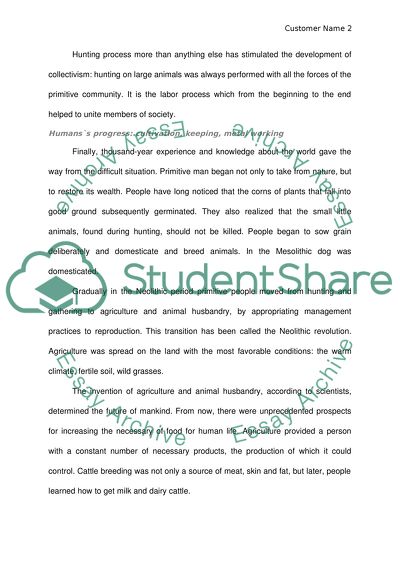Cite this document
(“Environmental geography Essay Example | Topics and Well Written Essays - 2250 words”, n.d.)
Retrieved from https://studentshare.org/geography/1675051-environmental-geography
Retrieved from https://studentshare.org/geography/1675051-environmental-geography
(Environmental Geography Essay Example | Topics and Well Written Essays - 2250 Words)
https://studentshare.org/geography/1675051-environmental-geography.
https://studentshare.org/geography/1675051-environmental-geography.
“Environmental Geography Essay Example | Topics and Well Written Essays - 2250 Words”, n.d. https://studentshare.org/geography/1675051-environmental-geography.


